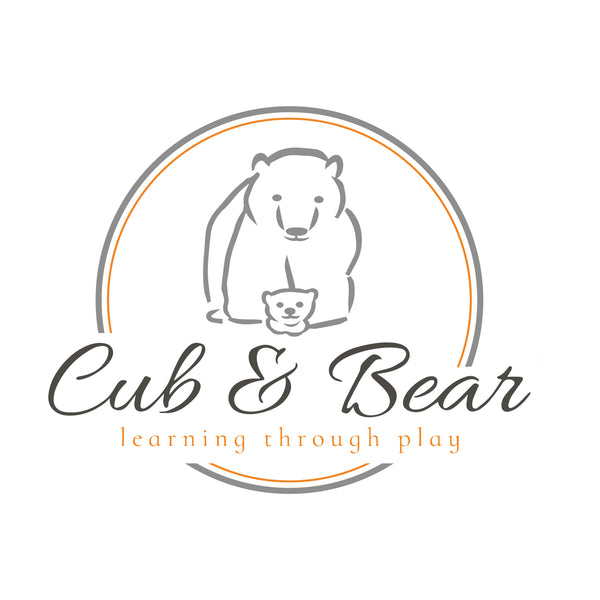Sensory play is a fantastic way for children to explore their senses, spark their imagination, and engage in hands-on learning. However, many parents may hesitate to embrace sensory play due to concerns about mess and clean-up. But fear not! Mess-free sensory play offers all the benefits of traditional sensory activities without the worry of spills and stains. In this blog post, we'll explore the world of mess-free sensory play and provide families with creative ideas for clean, sensory fun at home.
Addressing Common Concerns
Mess-free sensory play provides children with the opportunity to engage their senses and explore different textures, colours, and materials in a controlled and manageable way. By offering mess-free alternatives, parents can feel more confident and comfortable allowing their children to participate in sensory play activities without worrying about the clean-up afterwards. Mess-free sensory play encourages creativity, imagination, and sensory exploration while minimising the stress and hassle of cleaning up messy spills and stains.
Mess-Free Sensory Play Ideas
Sensory Bags
- Materials: Fill resealable plastic bags with a variety of materials such as hair gel, shaving foam, or coloured water to create mess-free sensory bags.
- Activity: Encourage children to manipulate and explore the contents of the bags by squishing, squeezing, and pressing to engage their tactile senses.
Sensory Bins with Dry Materials
- Materials: Create sensory bins using dry materials such as kinetic sand, shredded paper, or rice for mess-free sensory exploration.
- Activity: Provide scoops, funnels, and small toys for children to manipulate and play with in the dry sensory bins, fostering imaginative play and fine motor skills.
Watercolour Resist Painting
- Materials: Use white crayons to draw designs or patterns on white paper, then invite children to paint over the paper with watercolour paints to reveal the hidden designs.
- Activity: The wax from the crayons will resist the watercolour paint, creating beautiful and mess-free works of art that children will love to create and display.
Sensory Playdough Mats
- Materials: Create sensory playdough mats using laminated sheets of paper or plastic with different textures or patterns, such as bubble wrap, sandpaper, or fabric.
- Activity: Encourage children to roll, flatten, and manipulate playdough on the mats to explore different textures and stimulate their senses.
Step-by-Step Instructions and Tips
Sensory Bags
- Seal the Bags Securely: Prevent leaks or spills by sealing the bags securely and reinforcing the edges with duct tape for added durability.
- Experiment with Materials: Encourage children to experiment with different materials and colours to create unique sensory experiences.
Sensory Bins with Dry Materials
- Contain the Mess: Choose a large, shallow container with high sides to contain the dry sensory materials and minimise mess.
- Easy Clean-up: Use a plastic tablecloth or old sheet underneath the sensory bin to catch any stray spills or stray materials for easy clean-up.
Watercolour Resist Painting
- Ensure Visible Designs: Make sure the crayon designs are drawn with enough pressure to create a visible resist effect when painted over with watercolour.
- Variety of Brushes: Provide a variety of paintbrushes and encourage children to experiment with different painting techniques and colours.
Sensory Playdough Mats
- Variety of Textures: Create a variety of sensory playdough mats with different textures and patterns to provide children with diverse sensory experiences.
- Storage: Store the playdough mats in a zip-top bag or plastic container when not in use to keep them clean and protected.
Incorporating Learning Opportunities
- Concepts: Use mess-free sensory play activities to introduce concepts such as colour mixing, shape recognition, or letter and number recognition.
- Open-Ended Play: Encourage children to engage in open-ended play and experimentation, fostering problem-solving skills and creativity.
- Sensory Exploration and Discussion: Provide opportunities for sensory exploration and discussion, encouraging children to describe the textures, colours, and sensations they experience during play.
Mess-free sensory play offers a wonderful way for children to engage their senses, spark their creativity, and explore the world around them without the worry of messy clean-up. By embracing mess-free sensory play activities, UK families can provide their children with endless opportunities for sensory exploration and learning while enjoying clean, sensory fun at home. So, let's get creative, dive into the world of mess-free sensory play, and watch our children's imaginations soar!

